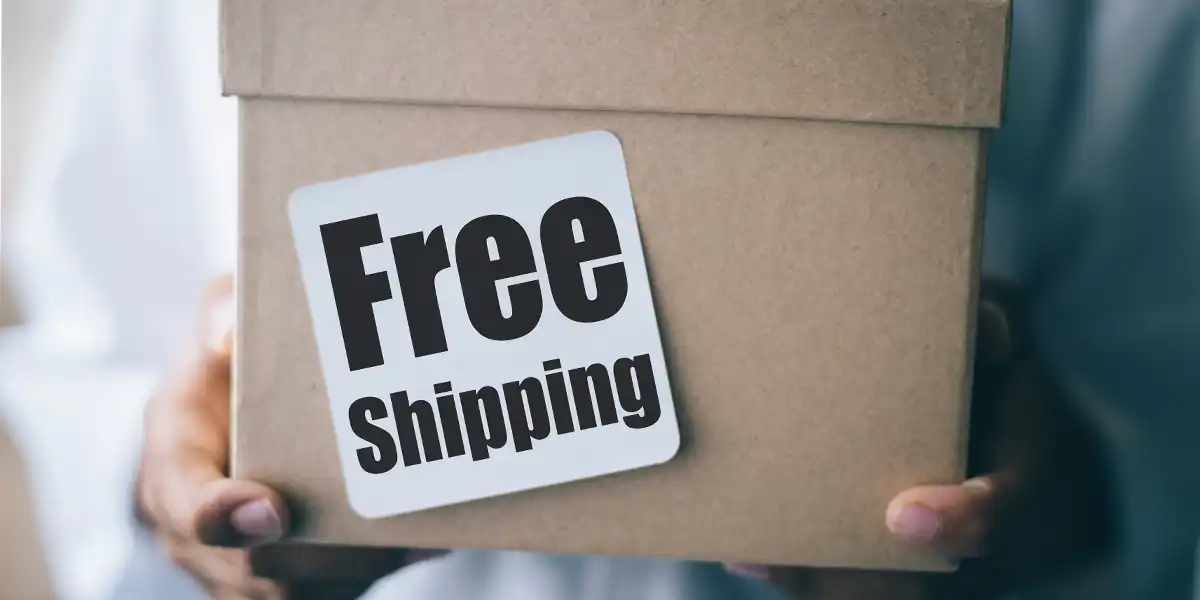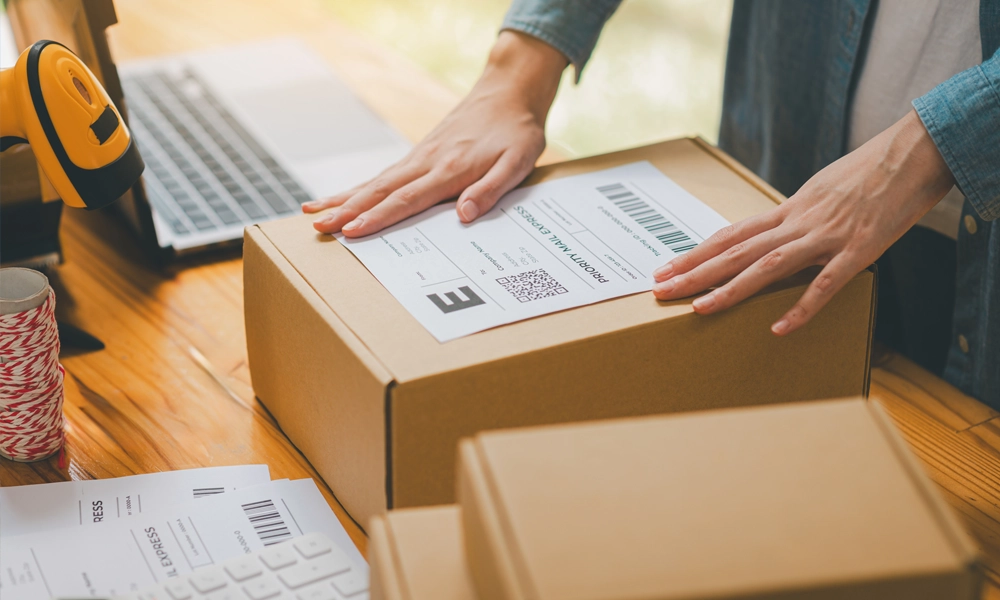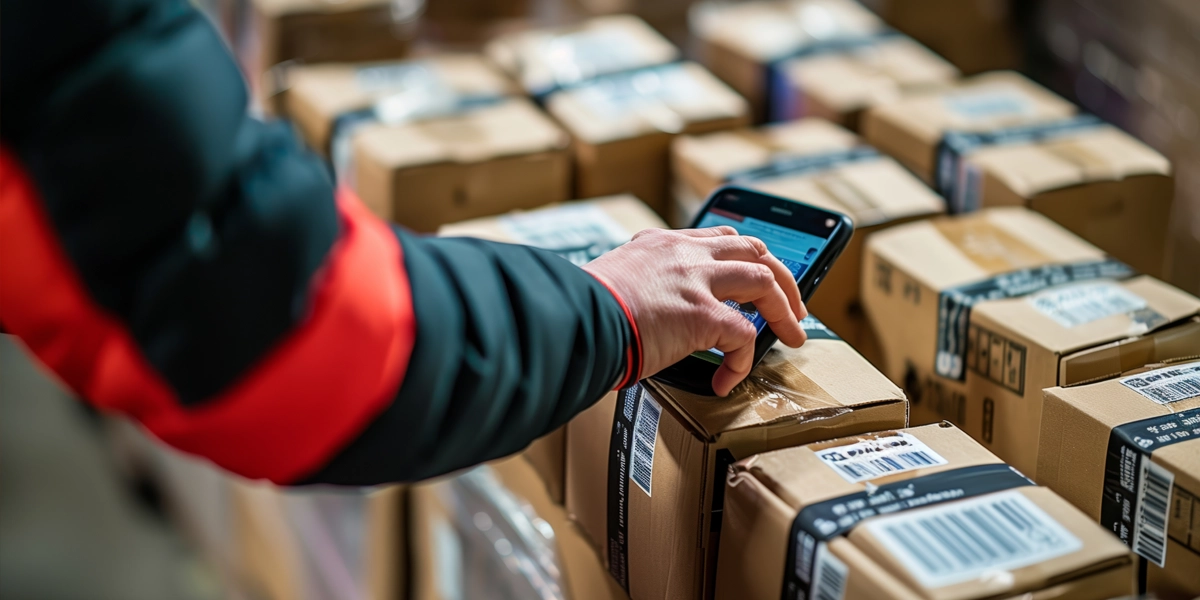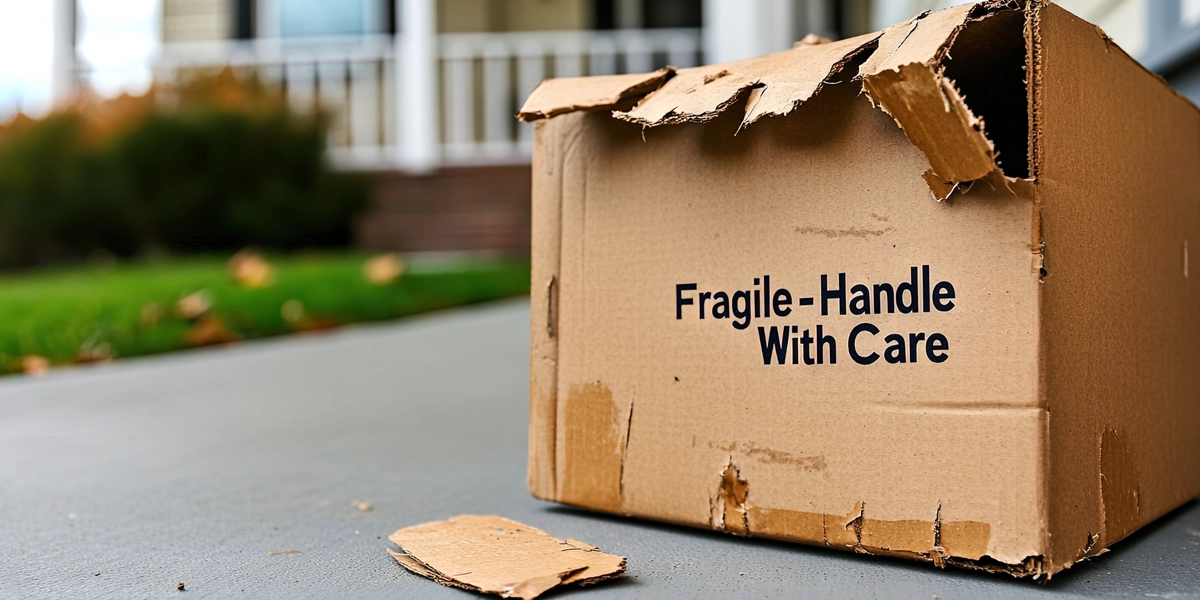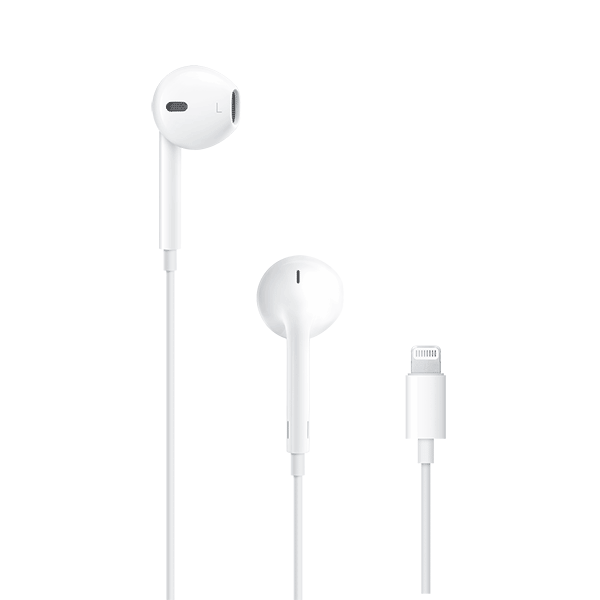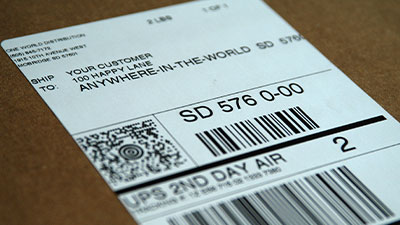In This Article:
Free shipping is no longer optional – it’s expected.
When Walmart announced free next-day delivery on orders over $35, thousands of small ecommerce businesses felt their stomachs drop. Amazon Prime’s two-day shipping has already trained customers to expect fast, free delivery. Now, with Walmart joining the free shipping arms race, many businesses face a stark choice: adapt or watch their customers disappear.
But here’s what most sellers don’t realize – you don’t need Walmart’s billions to compete in free shipping. Smart ecommerce brands are turning traditional shipping models upside down, finding creative ways to offer free shipping while actually increasing their profits. Some are even outmaneuvering the giants in their own game.
Let’s uncover how successful businesses are winning the free shipping battle without bankrupting themselves in the process.
Why Free Shipping Matters in Ecommerce
48%
of online shoppers abandon their carts due to shipping costs.
It influences buying decisions by lowering perceived costs and improving the overall shopping experience. Customers are more likely to complete a purchase when free shipping is available. 66% of consumers expect free shipping on all online purchases, and 48% of online shoppers abandon their carts due to shipping costs.
The Advantage of Free Shipping
Businesses that use free shipping often see higher conversion rates, as this strategy can greatly improve customer retention and loyalty. In fact, 62% of online shoppers won’t purchase without free shipping, and 70% of people say free shipping is the reason why they shop online.
The Impact of Amazon and Walmart
This trend has changed what consumers expect. Big companies like Amazon and Walmart have made free shipping the norm, forcing smaller retailers to adapt or risk losing customers.
70%
of people say free shipping is the reason why they shop online.
Understanding Free Shipping
What is Free Shipping?
Free shipping is a crucial part of online shopping. It means that sellers pay for the delivery costs instead of charging the customers. This is important because it directly affects whether customers decide to buy something and how happy they are with it. Free shipping has led to a 90% increase in ecommerce orders, and businesses that offer free shipping have a 20% higher conversion rate than those that do not.
Types of Free Shipping
There are two main types of free shipping:
- Conditional Free Shipping: This model often requires customers to meet specific conditions, such as a minimum purchase threshold, before qualifying for free shipping.
- Unconditional Free Shipping: Here, sellers offer free delivery without any prerequisites, which is ideal for fostering customer loyalty and brand differentiation.
Offering free shipping can significantly boost conversion rates and reduce cart abandonment. By understanding these dynamics, businesses can strategically decide how to offer free shipping effectively, aligning with customer expectations and market demands.
The Competitive Landscape
Compete with Amazon and Walmart
 Industry leaders like Amazon and Walmart set the standard with strong free shipping strategies. Amazon Prime has especially changed the game by making customers expect fast, often same-day delivery through its extensive delivery network. In response, Walmart has launched its own initiatives, offering free two-day shipping on eligible orders without needing a membership fee. These tactics highlight their dedication to satisfying customer demands while staying ahead of the competition.
Industry leaders like Amazon and Walmart set the standard with strong free shipping strategies. Amazon Prime has especially changed the game by making customers expect fast, often same-day delivery through its extensive delivery network. In response, Walmart has launched its own initiatives, offering free two-day shipping on eligible orders without needing a membership fee. These tactics highlight their dedication to satisfying customer demands while staying ahead of the competition.
The "Amazon Effect"
The term “Amazon Effect” describes the major change in consumer behavior caused by Amazon’s way of doing business and managing deliveries. This trend has raised consumer expectations for quickness and convenience in online shopping. Consequently, customers now see free shipping as something normal rather than special, forcing retailers of all kinds to adjust or face being left behind.
Pressure on Retailers
Retailers feel more pressure to include free shipping in their services because of these shifting trends. If they don’t meet these expectations, they risk losing market share as customers flock to businesses that provide affordable and efficient shipping solutions. Implementing a well-thought-out free shipping strategy is crucial not only for attracting new customers but also for keeping existing ones in this highly competitive landscape.
Case Studies: Companies Offering Free Shipping
Ecommerce giants such as Amazon Prime and Walmart have mastered the art of free shipping, setting industry standards, and elevating consumer expectations. Free shipping can make or break a sale. 48% of shoppers abandon their online purchases at checkout due to additional costs such as shipping, and 70% of people say free shipping is the primary reason they shop online.
You don’t have to have billions in logistics infrastructure to offer free shipping like Amazon and Walmart. Many DTC brands have mastered the art of offering free shipping while keeping healthy and profitable margins.
1. Allbirds
Known for their sustainable footwear, Allbirds integrates free shipping into their pricing model, offering complimentary delivery on orders over $75. Although they sell hats, bags, and socks, most of their inventory is shoes. The average pair of shoes is already priced over $75, so shoppers automatically qualify for free shipping.
If visitors don’t want a pair of shoes, Allbirds’ free shipping policy encourages customers to add more items to their carts to hit the threshold, increasing average order value (AOV) and inventory sold. Their environmentally-conscious and sustainable apparel combined with a strong, modern brand identity helps them compete with big retailers without racing to the bottom on price.
2. Glossier
The beauty industry thrives on brand loyalty, and Glossier uses free shipping as a tool to drive repeat purchases. By offering free shipping on orders over $40, Glossier lowers the barrier to entry for first-time buyers while incentivizing customers to bundle products.
This tactic works particularly well in beauty, where customers often return for refills. By making free shipping easily attainable, Glossier creates a habit loop—customers know they can get their favorite products without extra costs, keeping them loyal to the brand instead of looking elsewhere. Glossier’s largest ecommerce market is the United States, and it reached $133.8 million in net ecommerce sales in 2024.
3. Brooklinen
Luxury bedding and home essentials brand Brooklinen provides free shipping on domestic orders over $100. This strategy aligns with their premium positioning—customers shopping for high-quality sheets expect a seamless, no-hidden-fees experience.
Brooklinen further incentivizes shoppers with its brilliant bundling strategy. Customers are encouraged to purchase sheet sets or add-ons to meet a shipping threshold or to unlock additional savings, increasing AOV while ensuring profitability. The result? A frictionless shopping experience that encourages larger purchases and repeat business.
Does Free Shipping Increase Sales?
The simple answer is yes. Offering free shipping significantly boosts conversion rates and fosters customer loyalty. A study by Deloitte found that providing free shipping not only drives short-term sales but also fosters customer trust and loyalty, encouraging repeat business. In fact, 62% of online shoppers stated they are more likely to make a return purchase from retailers that offer free shipping. Customers who perceive added value through free delivery are more inclined to complete their purchases, reducing cart abandonment rates.
62%
of online shoppers are more likely to make a return purchase from retailers that offer free shipping.
Implementing a Free Shipping Strategy for Your Business
For retailers, offering free shipping can be a game-changer, enhancing competitiveness and driving customer satisfaction. To effectively implement this tactic, consider the following steps:
- Assess Financial Capacity and Logistics: Understanding your business’s financial health is crucial. Calculate potential costs and assess whether your logistics can support increased demand without sacrificing service quality. Partnering with a 3PL can help give you the infrastructure and team needed to provide profitable free shipping.
- Set Minimum Purchase Thresholds: Encourage larger orders by setting a minimum purchase amount to qualify for free shipping. This strategy not only offsets shipping costs but also boosts average order value.
- Offer Limited-Time Promotions or Seasonal Offers: Create urgency and excitement with time-sensitive free shipping promotions. Align these offers with peak shopping seasons to capitalize on increased consumer spending.
Implementing these strategies meets consumer expectations and positions your business for sustained growth in the competitive ecommerce landscape. By leveraging existing resources and external partnerships, small businesses can transform free shipping from a costly challenge into a strategic advantage.
Calculating Costs for Free Shipping Offers
Determining whether to offer free shipping involves a calculated approach. Several factors influence the cost of providing this service:
- Size and Weight: Heavier and bulkier items incur higher shipping costs. Accurate weight and dimension calculations are crucial.
- Delivery Time: Expedited delivery options increase shipping expenses significantly, impacting your bottom line.
To effectively calculate potential costs, consider using these tools and methods:
- Shipping Calculators: Online platforms provide estimations based on package dimensions and destinations.
- Data Analysis: Leverage historical sales data to predict future shipping costs and identify trends.
- Cost-Benefit Analysis: Weigh the potential increase in sales against the cost of offering free shipping.
- Flat-Rate Shipping: Partner with a 3PL like OWD that offers predictable flat-rate shipping to predict logistics expenses accurately.
These strategies enable you to decide if competing with giants like Amazon and Walmart through free shipping is feasible for your business model. Considering these cost factors ensures a strategic approach to enhancing customer satisfaction while maintaining profitability.
Alternatives to Full Free Shipping Models
Not every company embraces the traditional free shipping model, yet many thrive by adopting alternative strategies. Brands such as Wayfair and Nordstrom have leveraged strategies that circumvent full-free shipping offerings.
Successful Strategies
- Wayfair employs a tiered shipping fee based on order value, encouraging customers to increase their cart total for lower shipping costs.
- Nordstrom, on the other hand, often offers limited-time promotions where free shipping is available for specific items or order thresholds.
Alternative Shipping Options
- Flat-rate Shipping: This model provides predictability for customers and can simplify logistics. Companies like Etsy sellers frequently use this to balance cost efficiency with customer expectations.
- Discounted Shipping: By offering reduced rates instead of completely free shipping, businesses maintain some revenue to cover logistic expenses while presenting an appealing proposition to consumers. This option can be seasonal or tied to membership programs, enhancing perceived value without the financial strain of full-free shipping.
Customer Service & Fulfillment Considerations in Ecommerce Order Fulfillment Strategies with Free Shipping Offers
The importance of customer service in ecommerce cannot be emphasized enough, especially after introducing free shipping. This service is crucial in building brand loyalty, ensuring customers return for more purchases and keeping them satisfied. By quickly and effectively addressing issues, businesses can turn a shipping problem into a positive experience for the customer.
Efficient order fulfillment processes are also vital in controlling costs related to free shipping offers. Streamlined operations help manage expenses while meeting customer expectations for fast delivery. Technology solutions like automated inventory systems and integrating with multiple sales channels ensure a smooth workflow and precise order fulfillment.
Start Offering Free Shipping with OWD
The future of ecommerce lies in adaptability through the strategic use of free shipping offers.
Adapting to the future trends in ecommerce means strategically deciding whether to offer free shipping. Competing with giants like Amazon and Walmart requires innovative approaches, sometimes beyond traditional full models. Flexibility remains key whether you choose to implement free shipping or explore alternatives like flat-rate options.
The importance of adaptability is paramount in a rapidly evolving market. Tailoring your shipping strategy to align with consumer expectations while maintaining profitability can set you apart. Book a complimentary consultation with our team if you need help optimizing your logistics operations for profit. We’ll look into your current approach and systems and give you a winning game plan to sell more while paying less for fulfillment.
In This Article:
Subscribe to our Newsletter
Tincidunt urna mauris eu quam vulputate lobortis sit. Purus feugiat arcu nunc quisque massa ut.
